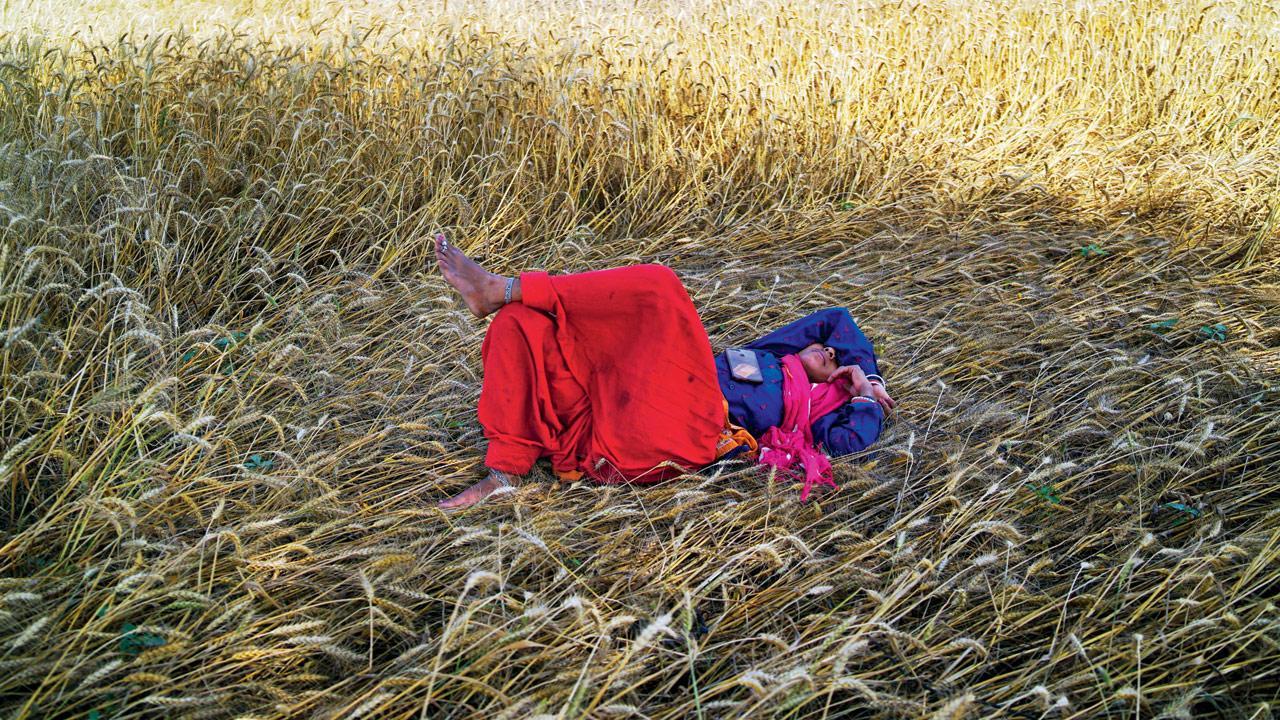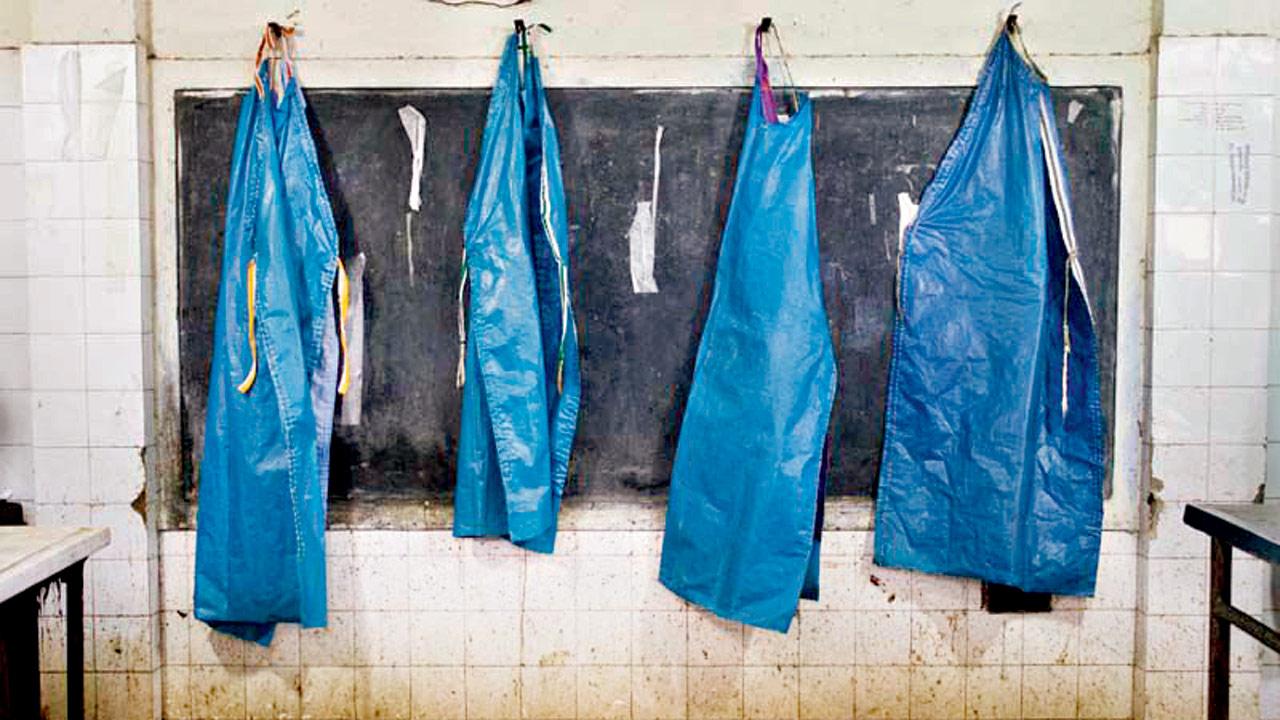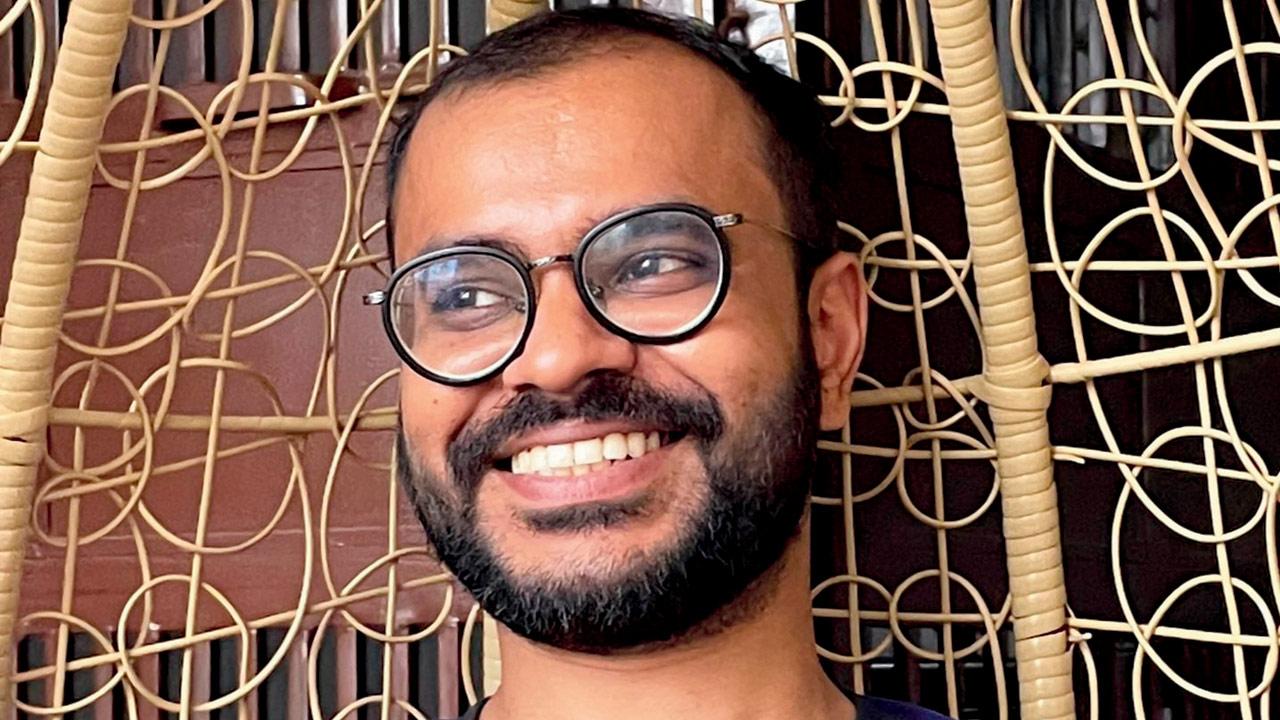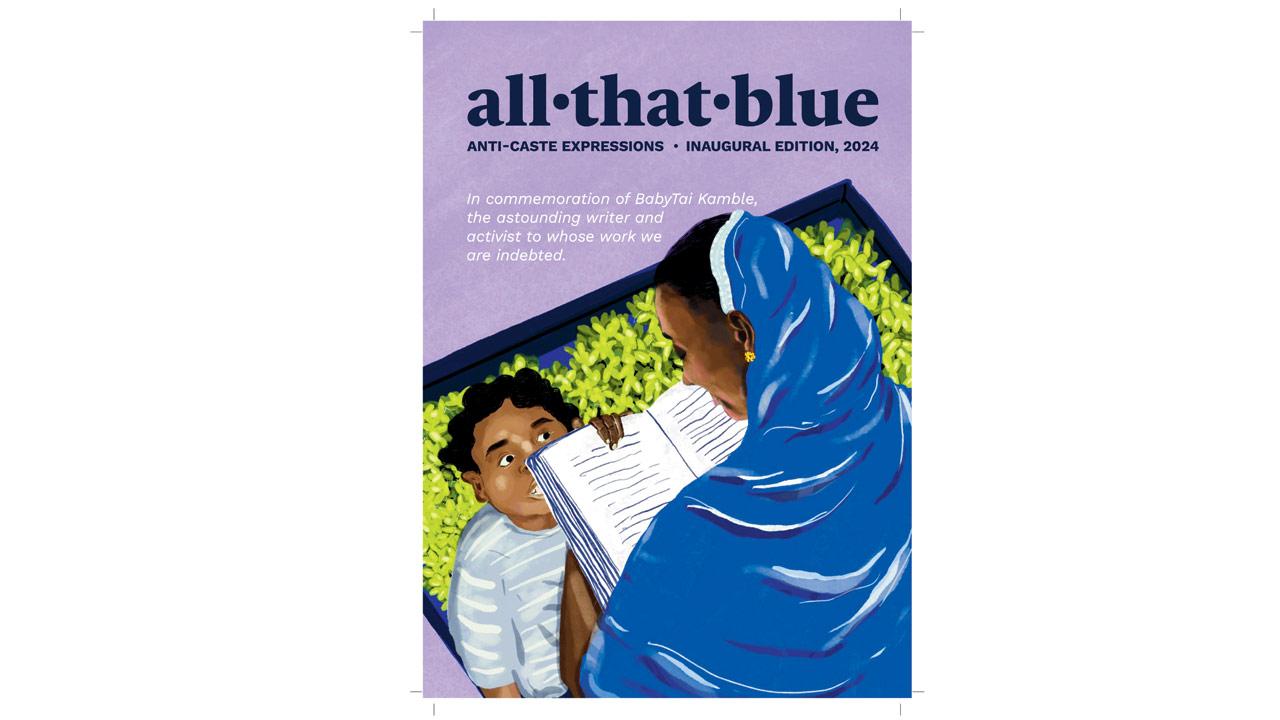A new anti-caste magazine will provide a platform to artists representing different communities and causes

Bhumika Saraswati’s photographs document Dalit women working in farms in extreme heat conditions
Everyone under the blue sky is born equal,” shared visual essayist Siddhesh Gautam. The city-based illustrator, who is best known for his exhaustive work on anti-caste movements, has approached the final stage of releasing an anti-caste print magazine, All That Blue, that will explore themes of liberty, equality and fraternity. “We have been working on the project for a year and a half now. We are currently raising funds for the inaugural editions,” he added.
ADVERTISEMENT

Arun Vijai Mathavan’s photographs give a peek into the life of people who conduct post mortems
With 30 contributors, this magazine will have a visual template. “There are so many artists who talk about essential topics through their artworks ranging from caste and sexuality, to activism and climate change. But due to the digital era we live in, these moving artworks never make it to print,” he explains, adding that a downside of the digital era is also that once something goes on print, it becomes more reliable. “There is also validation and a medium of documentation in print media. In the Dalit Panther Movement, for instance, there were so many beautiful and expressive graphic artworks that got lost along the way because there wasn’t enough documentation,” the artist notes.

Siddhesh Gautam
While contemporary artworks from South Asia are picking up, he thinks that many don’t either can’t find a medium to give their artworks a print platform or are possibly unwilling to find one because they haven’t been exposed to the benefits that come along with it. “South Asian contemporary art is a whole entity. As an artist myself, I had no clue the impact print can have until my own artworks were published. I wish to expose people who talk about stories of equality to this medium as well,” he says.
While many visual stories will explore anti-caste expressions, Gautam has pushed the boundaries to make it an equal-for-all magazine. “One such photo story by Arun Vijai Mathavan offers a peek into the life of people who conduct post mortem. Youlendree Appasamy, based in South Africa, will trace her Indian heritage and inter-racial relations and identities. Visual artist Shehzil Malik is contributing from Pakistan and will shed light on feminism. Jenny Rowena will talk about her husband, Hany Babu, who is in prison for four years without trial, and is continuing his activism from behind the bars. Bhumika Saraswati’s photographs will explore Dalit women working in farms in extreme heat,” he lists some examples from the upcoming publication.

The cover layout. Illustration courtesy/Shrujana Shridhar
The magazine will also include a few poems which are heavy on imagery to keep alive the visual theme of the book. “We have restricted the words to less than 300 per story. We want people to read stories through the visuals,” he shares. While everything down to the layout is ready, they have managed to raise over the half the funds required to print the magazine. “This magazine will function with different teams every time we release an edition. I don’t want this to be led by the same team of designers and editors, especially if the idea is about democratising it. This will allow newer ideas each time. The aim is to make it a collective,” he reveals.
Log on to: @allthatbluemag (to learn more about the contributors and the magazine); @bakeryprasad (for fundraising details)
 Subscribe today by clicking the link and stay updated with the latest news!" Click here!
Subscribe today by clicking the link and stay updated with the latest news!" Click here!







